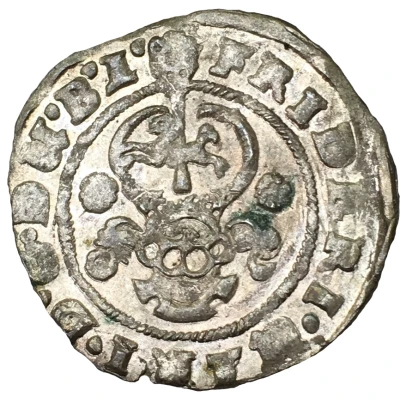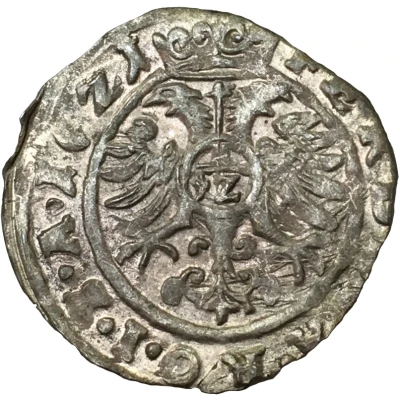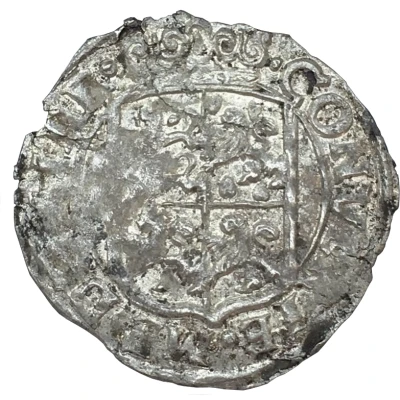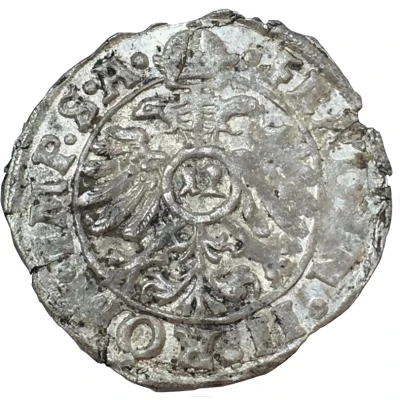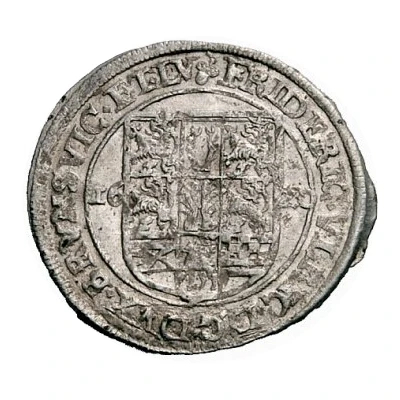
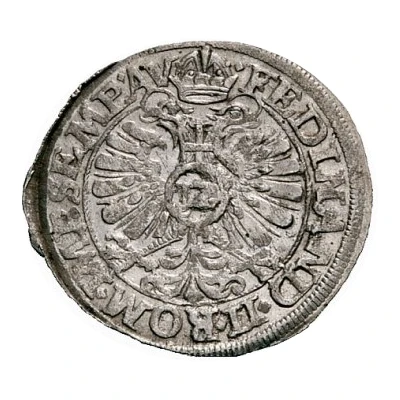

© Auktionen Münzhandlung Sonntag
12 Kreuzer - Frederick Ulrich Kipper
| Silver | - | 26 mm |
| Issuer | Principality of Brunswick-Wolfenbüttel (German States) |
|---|---|
| Prince | Frederick Ulrich (Friedrich Ulrich) (1613-1634) |
| Emperor | Ferdinand II (1619-1637) |
| Type | Standard circulation coin |
| Years | 1620-1621 |
| Value | 12 Kreuzers (0.1) |
| Currency | Thaler (1499-1814) |
| Composition | Silver |
| Diameter | 26 mm |
| Shape | Round |
| Demonetized | Yes |
| Updated | 2024-10-05 |
| Numista | N#253869 |
|---|---|
| Rarity index | 100% |
Reverse
Crowned imperial eagle with denomination in orb on chest.
Script: Latin
Lettering: FEDINAND II ROM IMP SEMP AV
Interesting fact
The 12 Kreuzer coin was minted during the reign of Frederick Ulrich, also known as "Kipper," who was the Duke of Brunswick-Wolfenbüttel from 1616 to 1634. The coin was made of silver and was used as a standard circulation coin in the German States during that time. One interesting fact about this coin is that it features a unique design element - a small hole in the center of the coin. This hole was intentionally drilled into the coin to signify that it had been tested for its purity and authenticity. The practice of drilling holes in coins was common during this time period, and it served as a way to ensure that the coin was made of genuine silver and not a counterfeit. Overall, the 12 Kreuzer coin from the Principality of Brunswick-Wolfenbüttel is a fascinating piece of history that offers a glimpse into the economic and monetary systems of the time. Its unique design element, including the small hole, makes it a standout among other coins from the era.
